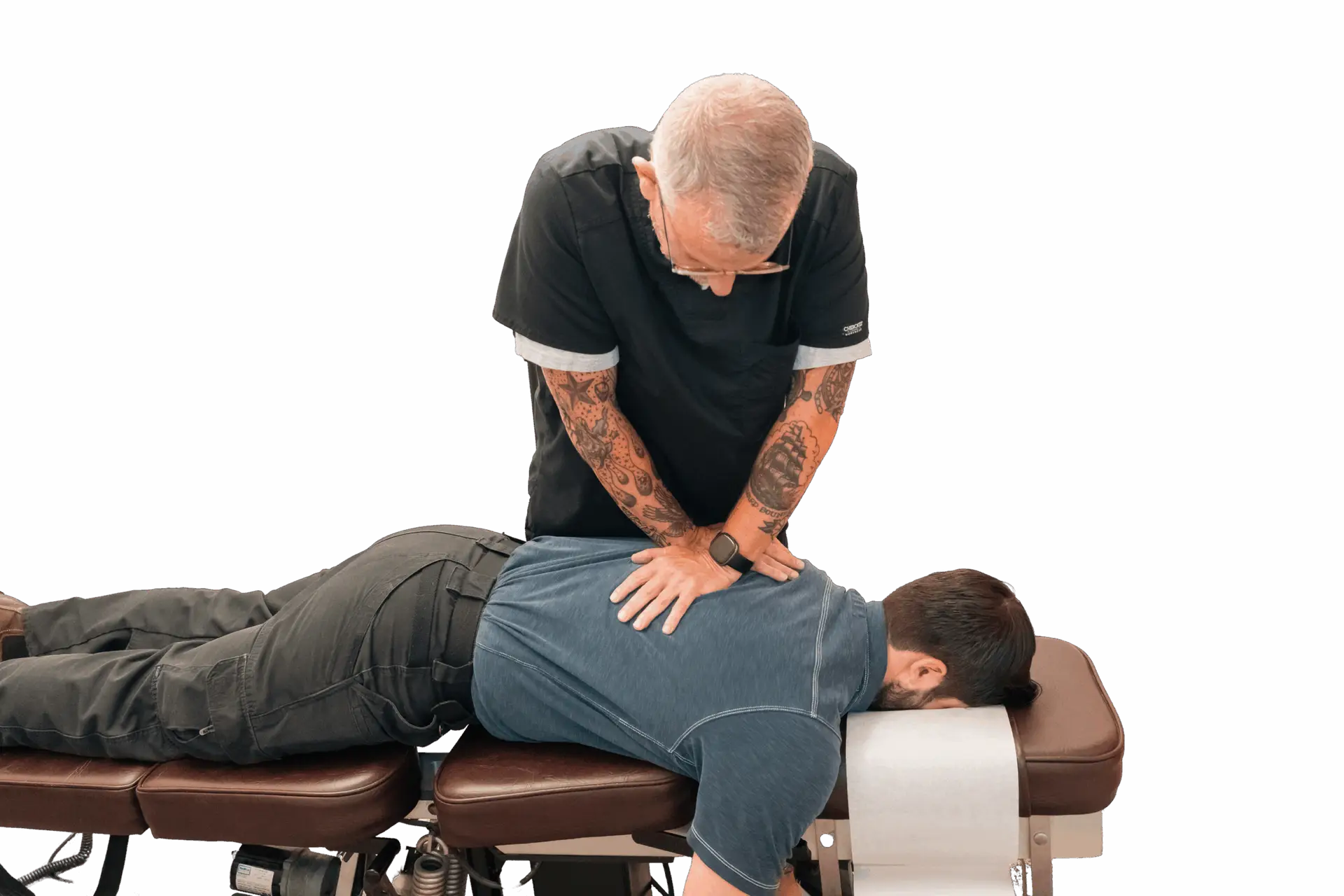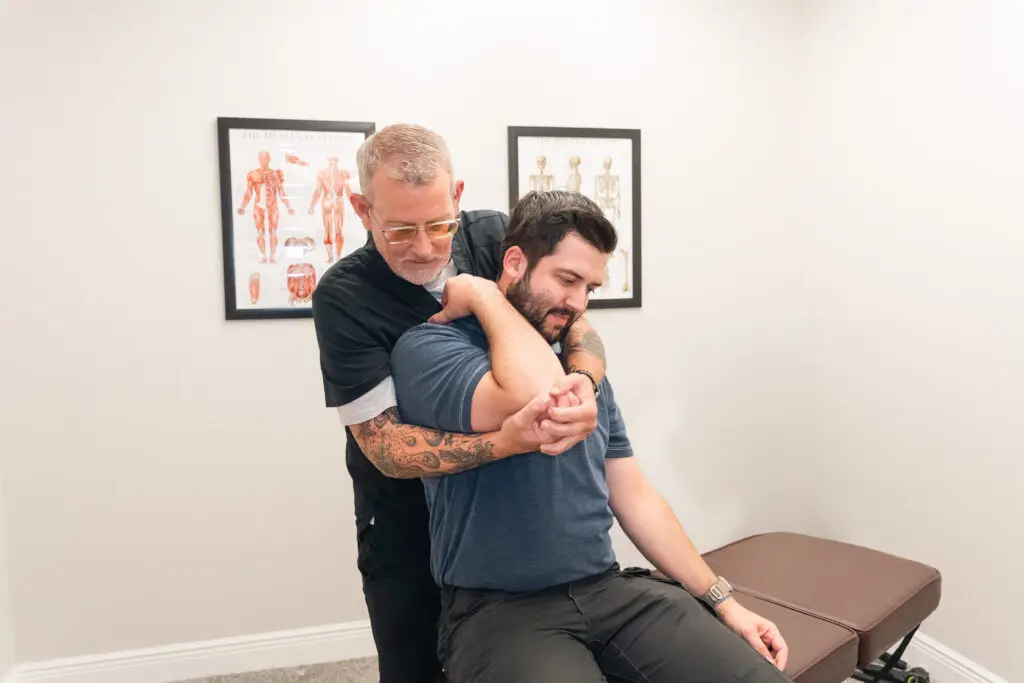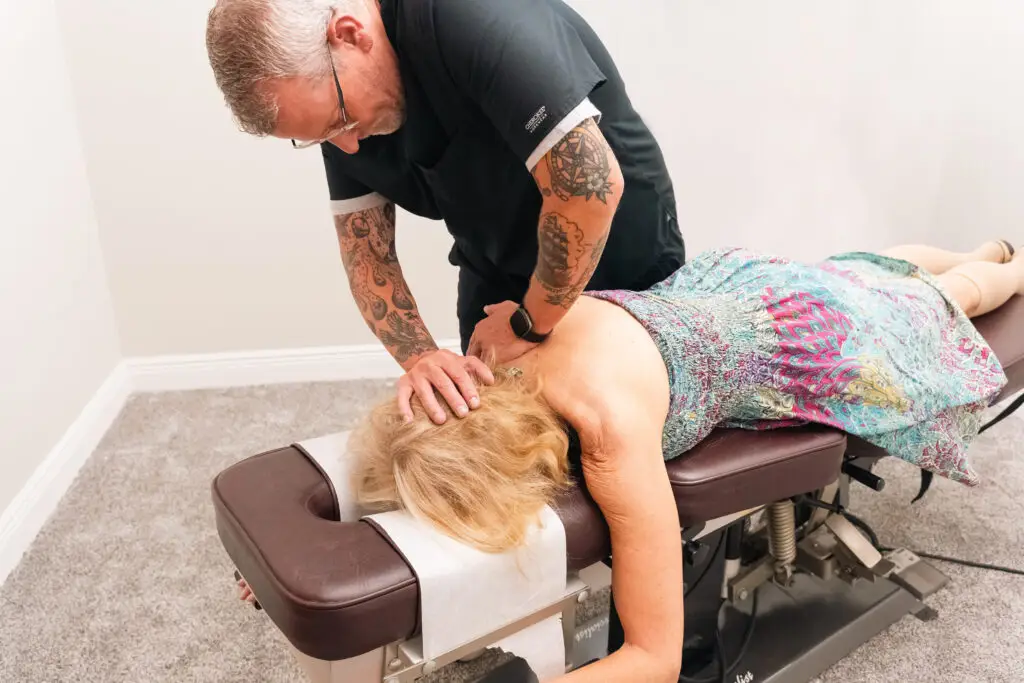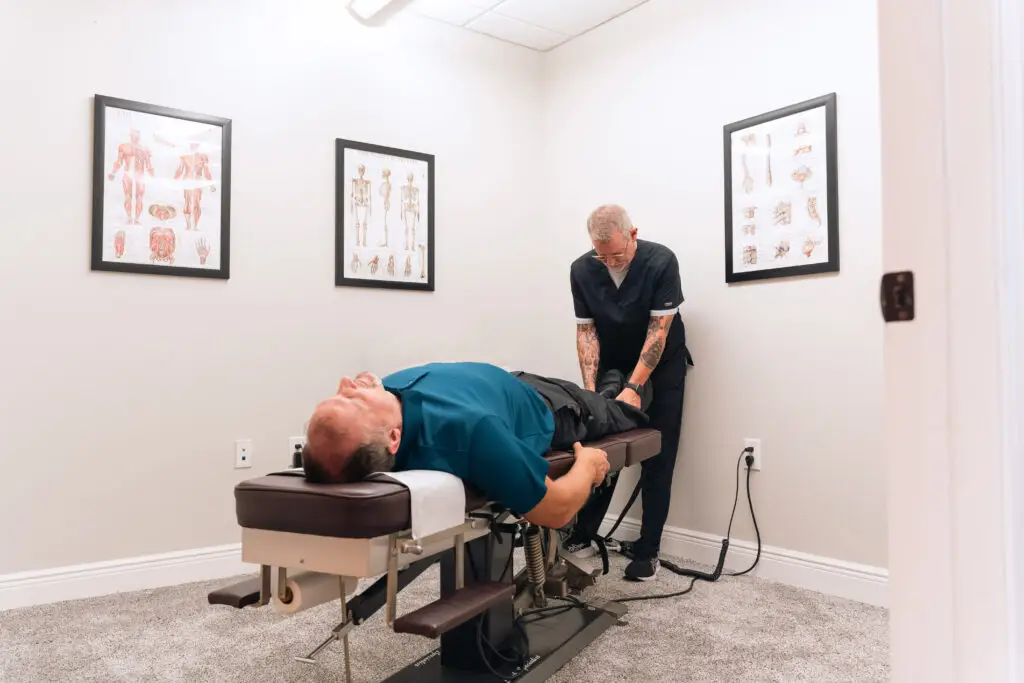
Extremity adjusting is a specialized form of chiropractic care that focuses on the joints of the upper and lower extremities, including the hands, feet, wrists, ankles, shoulders, and knees. It involves manipulating joints to improve range of motion and reduce pain and stiffness.
Extremity adjusting can help individuals regain full range of motion and perform daily activities more comfortably.
By addressing the root causes of pain, extremity adjusting can help alleviate discomfort and improve quality of life.
For athletes and active individuals, extremity adjusting can help improve athletic performance by optimizing joint movement and reducing pain.

Extremity adjustment, in chiropractic care, refers to the manipulation of joints outside the spine, such as those in the arms, legs, hands, and feet. These adjustments aim to restore proper alignment and movement to these joints, improving function and alleviating pain. Extremity adjustments are a part of a whole-body approach to chiropractic care, recognizing that issues in one area can impact other parts of the body
Improved joint mobility can be achieved through regular exercise, including dynamic and static stretching, joint-specific exercises, and activities like yoga and Pilates. Strength training, especially bodyweight exercises, and proper hydration also play a crucial role. Focus on maintaining a balanced approach, targeting opposing muscle groups and gradually increasing the intensity and duration of exercises.


Muscle relaxation refers to the process of reducing tension and stiffness in muscles, often achieved through techniques like progressive muscle relaxation or stretching. It can be a helpful way to relieve stress, reduce pain, and improve overall well-being.
Pain reduction can be achieved through various methods, including medication, physical therapies, and lifestyle adjustments. Over-the-counter pain relievers like acetaminophen and NSAIDs are often the first line of defense for mild to moderate pain. For more severe or chronic pain, prescription medications, physical therapy, and alternative therapies like acupuncture or massage may be considered. Lifestyle changes such as exercise, weight management, and stress reduction techniques can also play a significant role in managing pain.

Such as shoulder dislocations, knee sprains, or ankle sprains.
Such as carpal tunnel syndrome or tendinitis.
Such as arthritis or fibromyalgia.
Such as hip pain, knee pain, or ankle pain.
looking to improve joint mobility and overall function

New patients pay only $49 for chiropractic OR dry needling services. Limited time offer call us to book your services today.